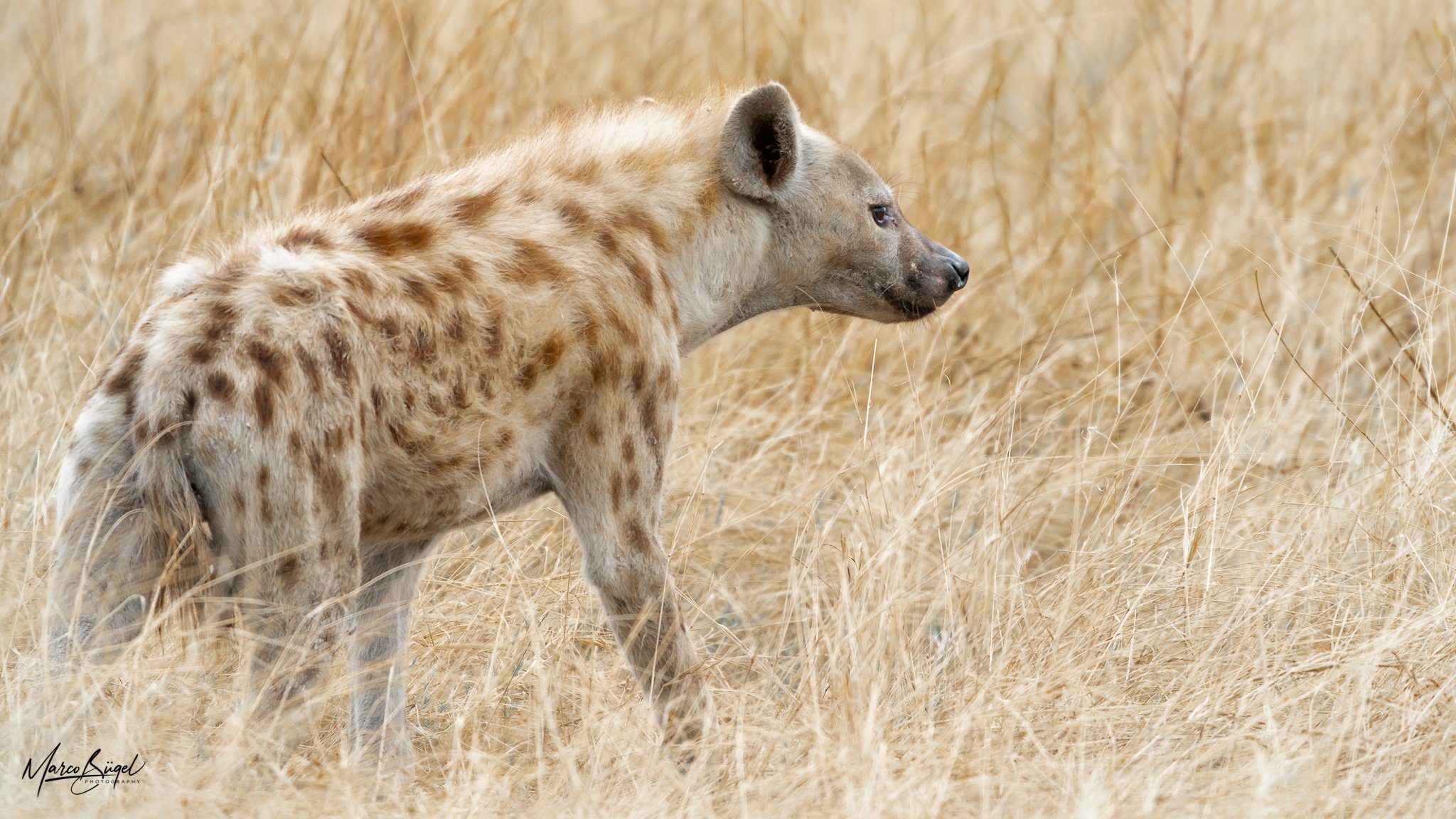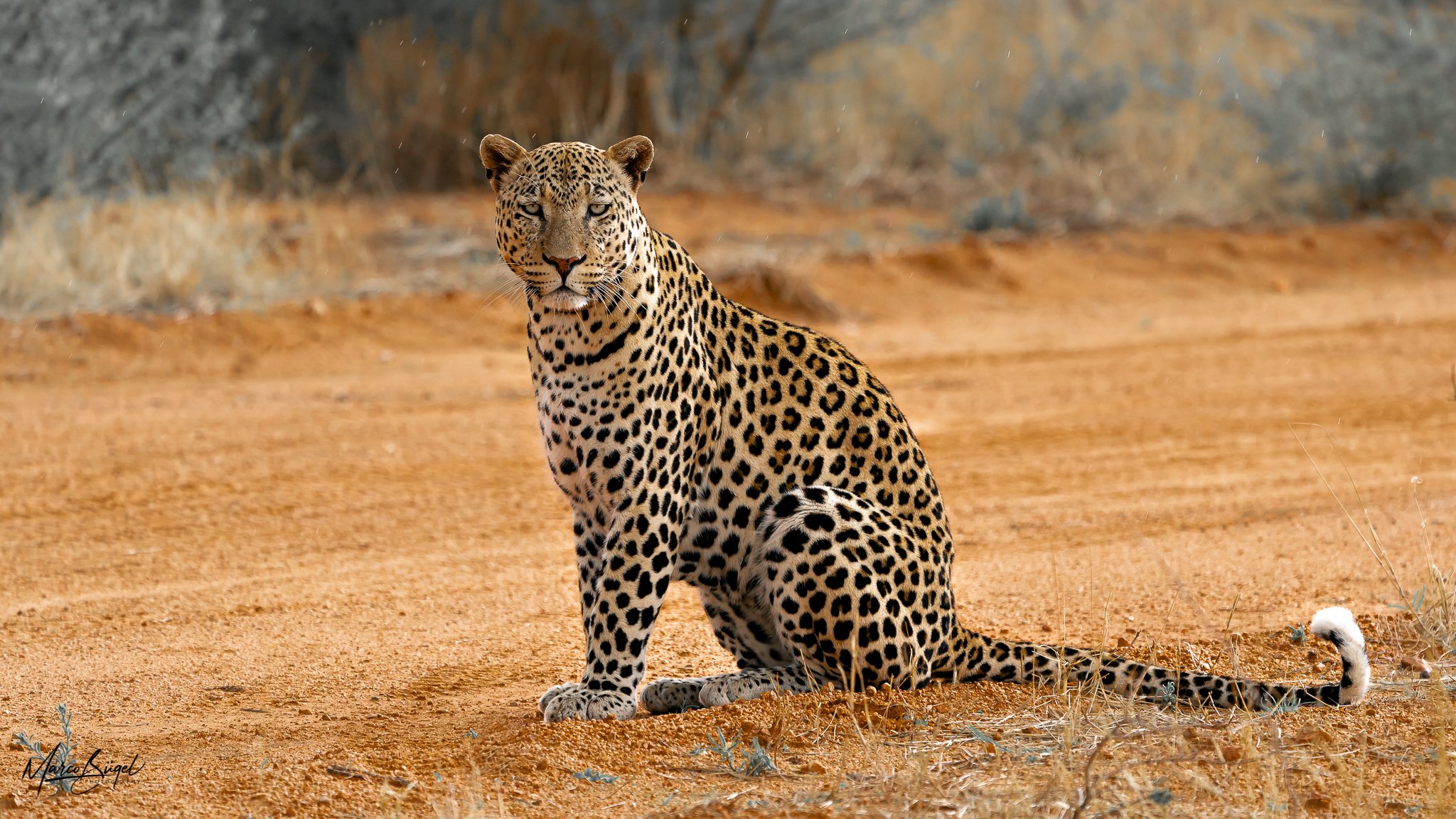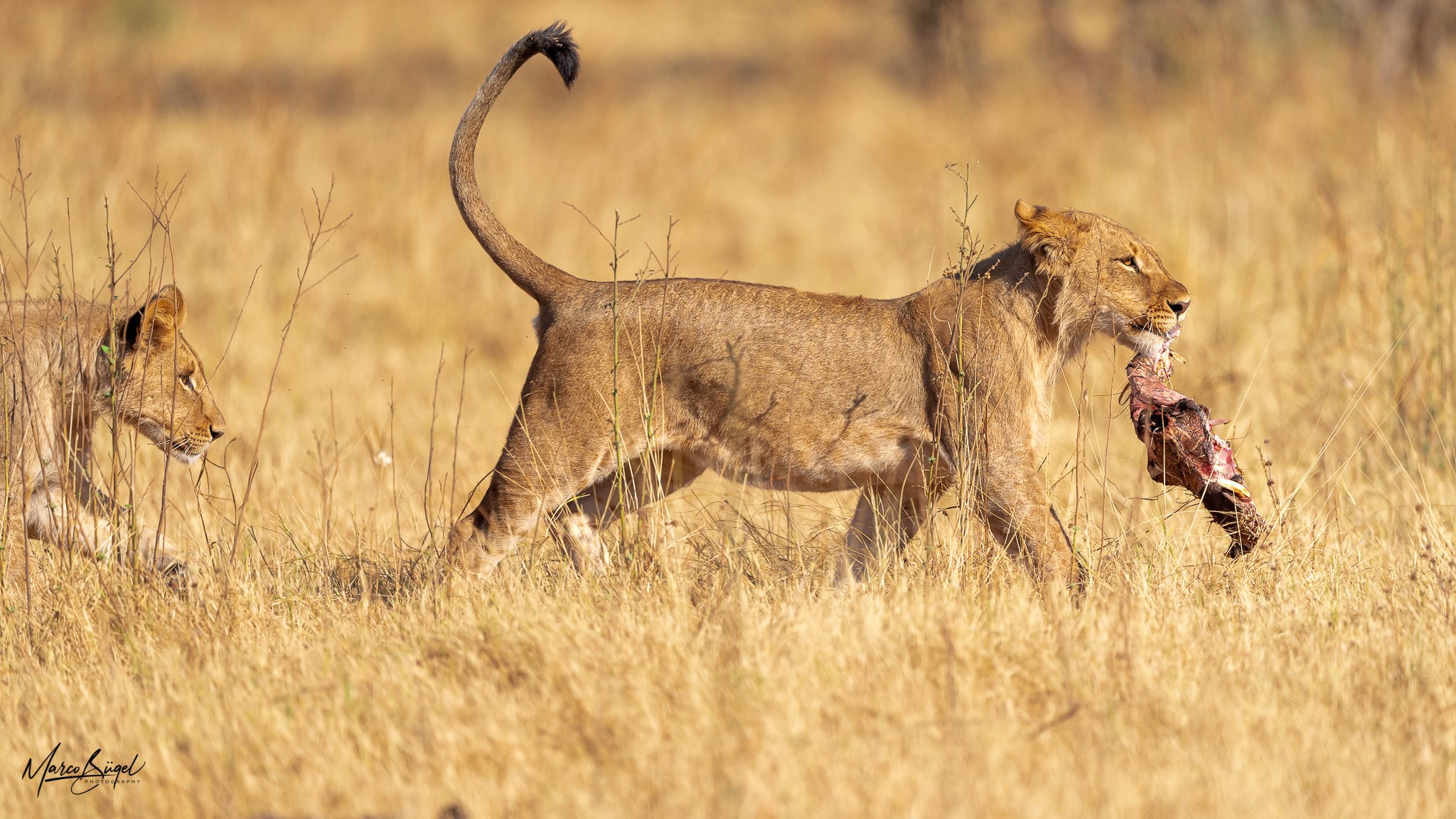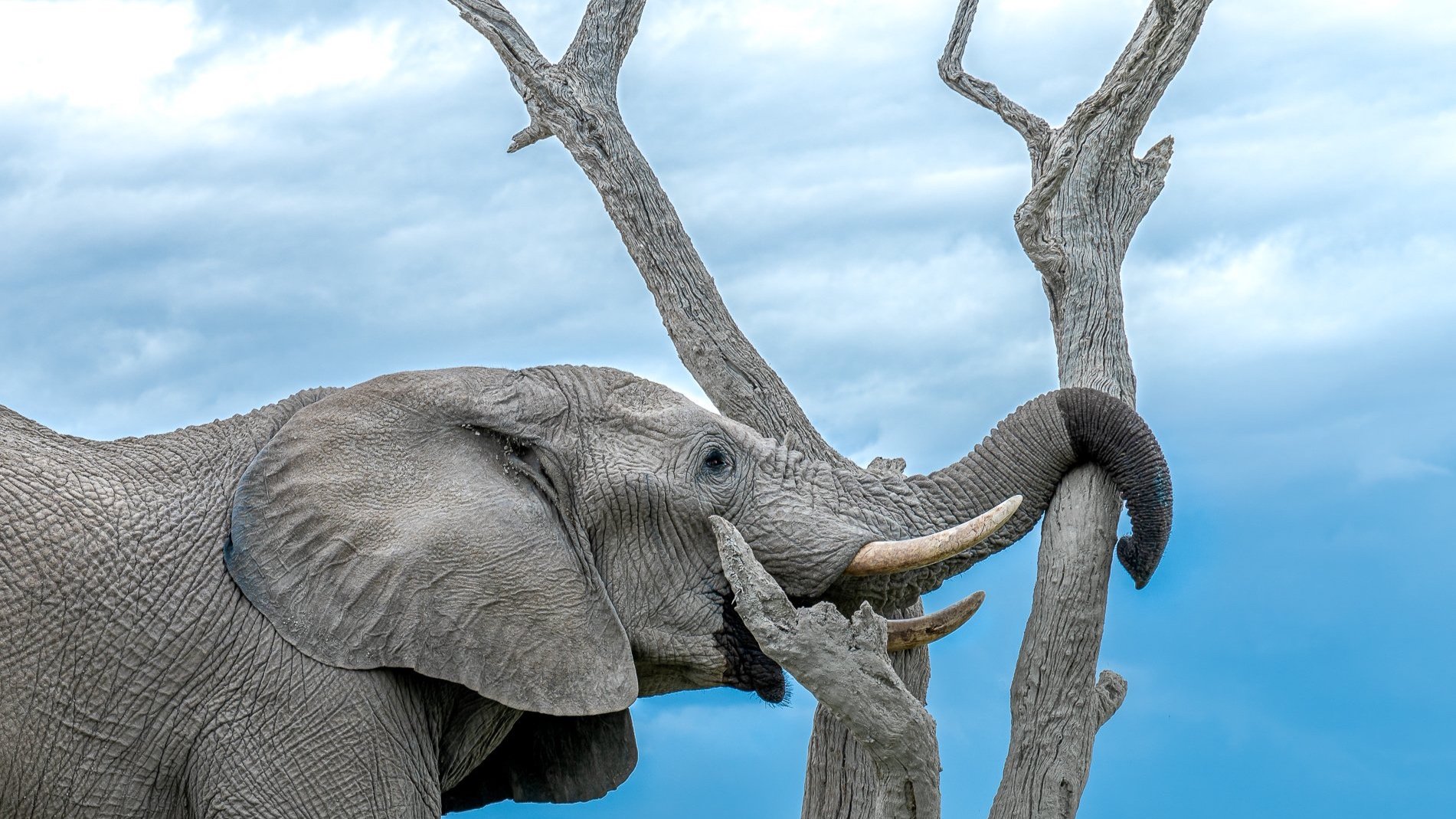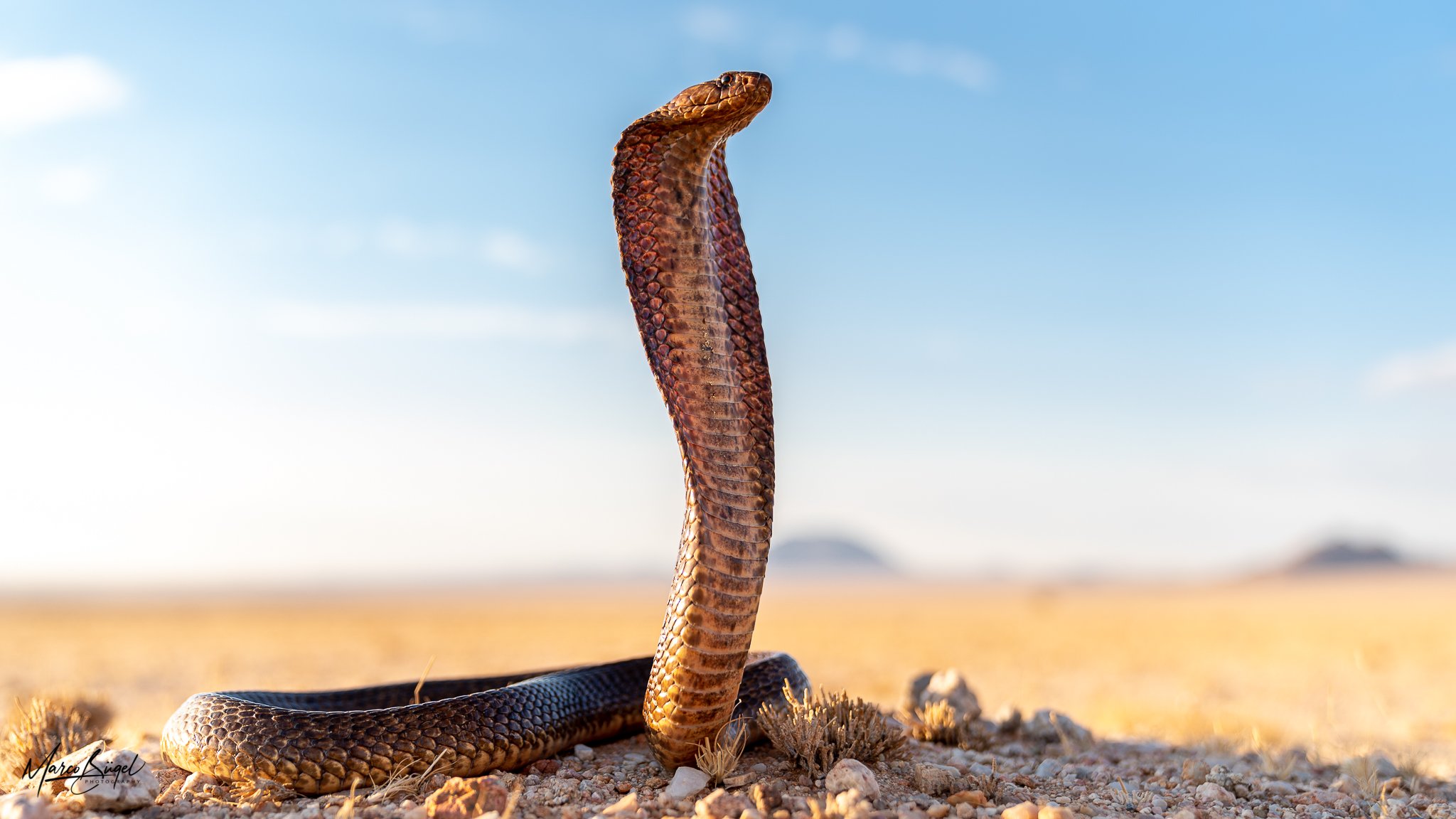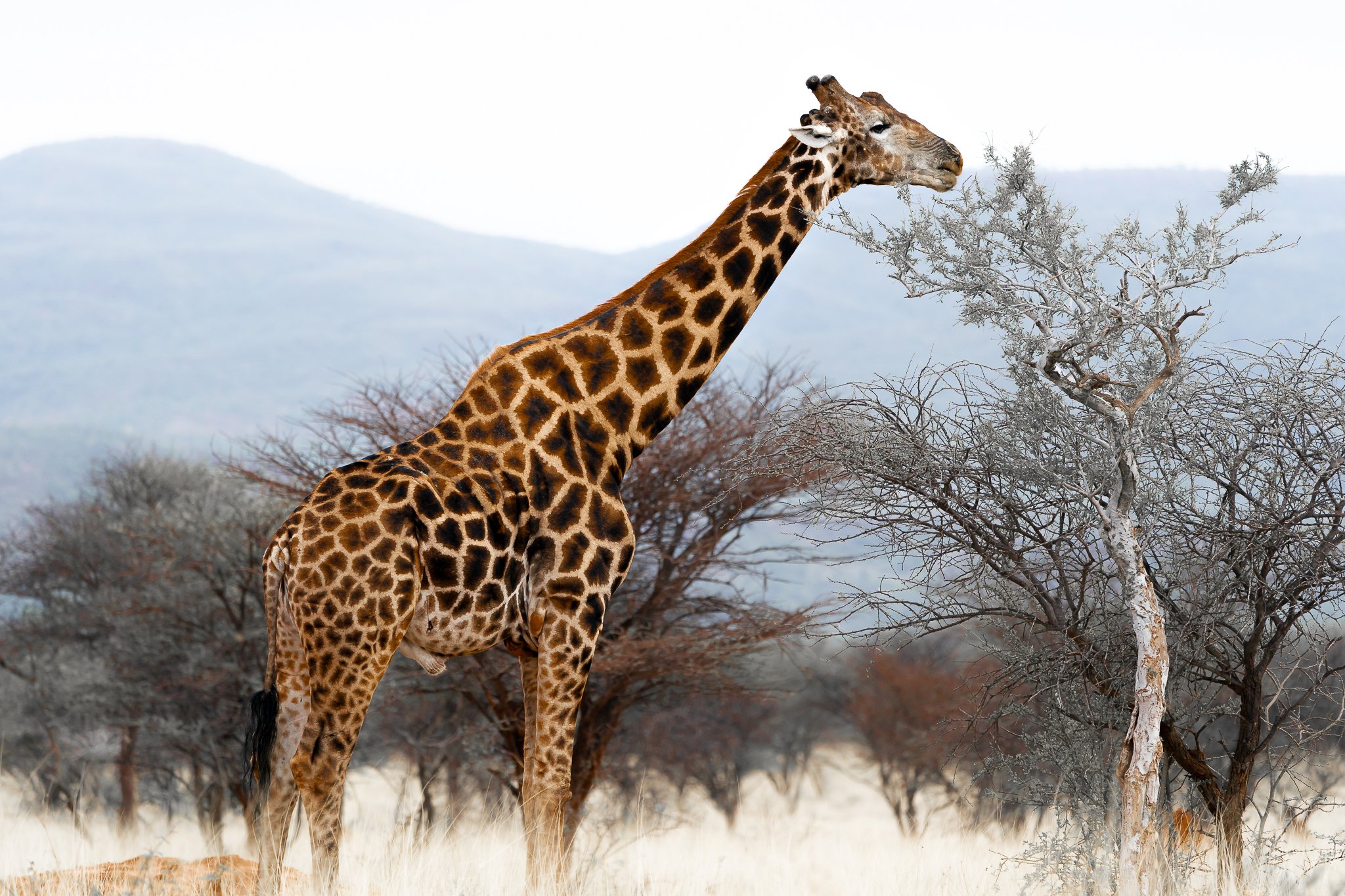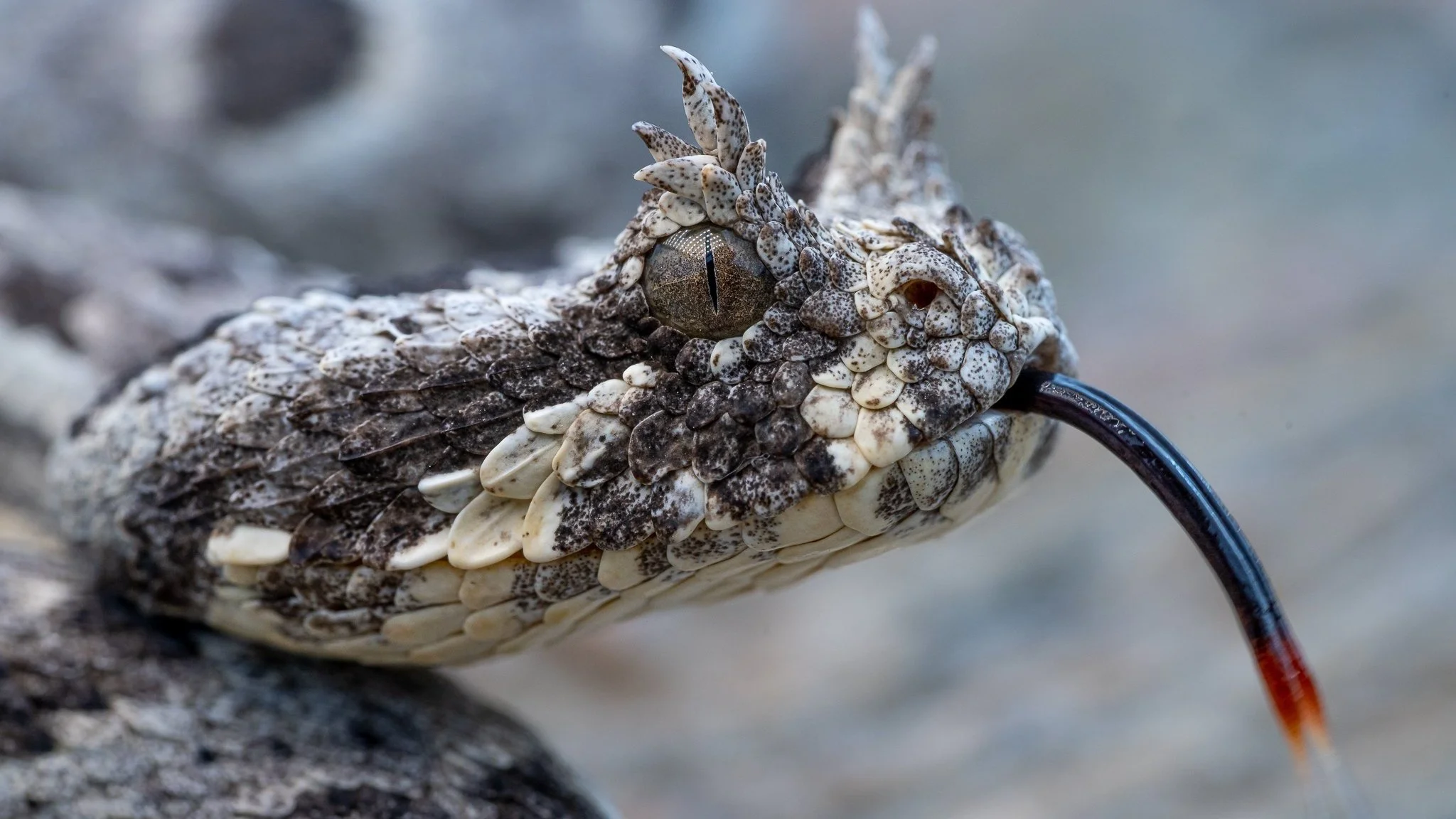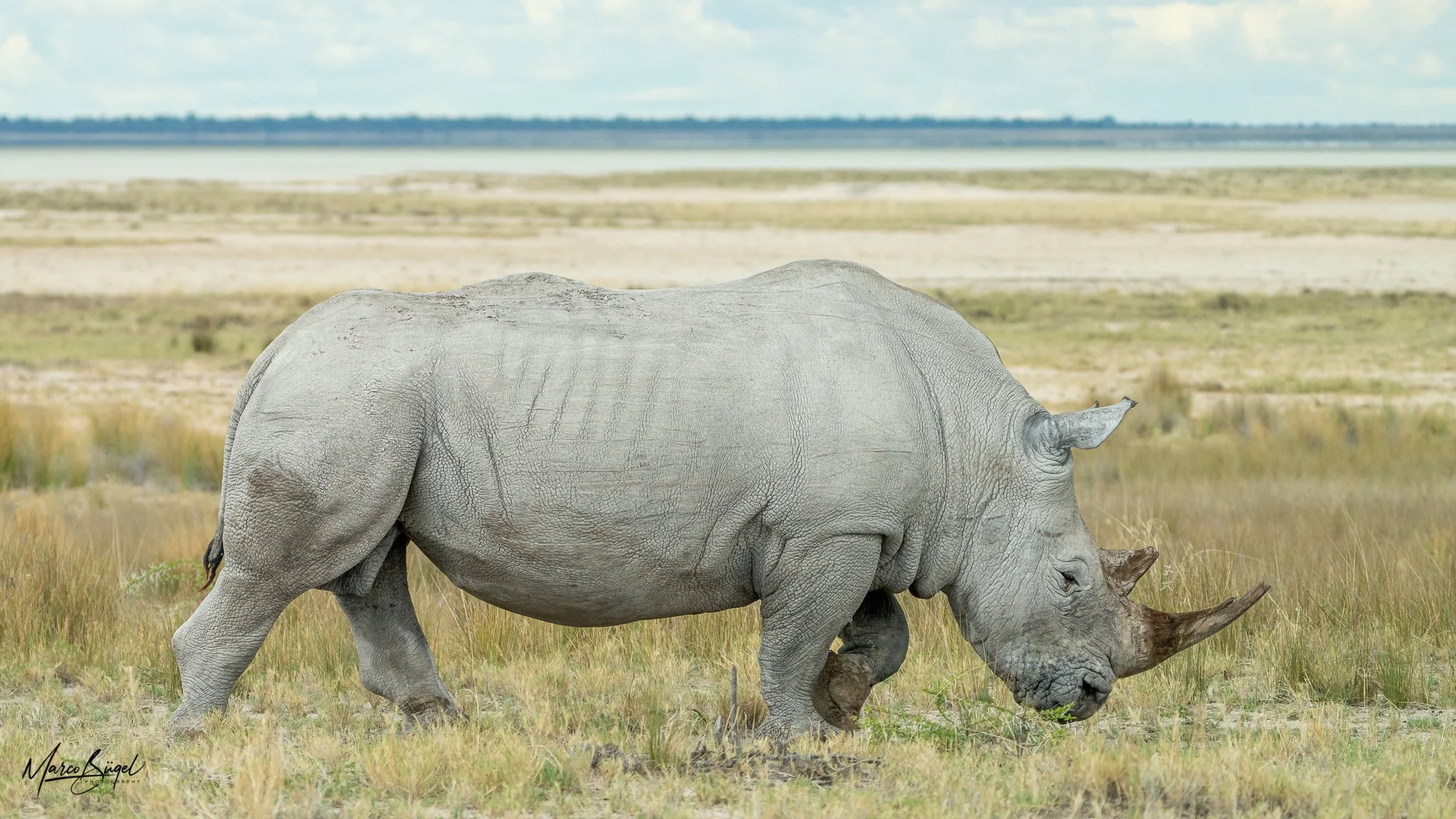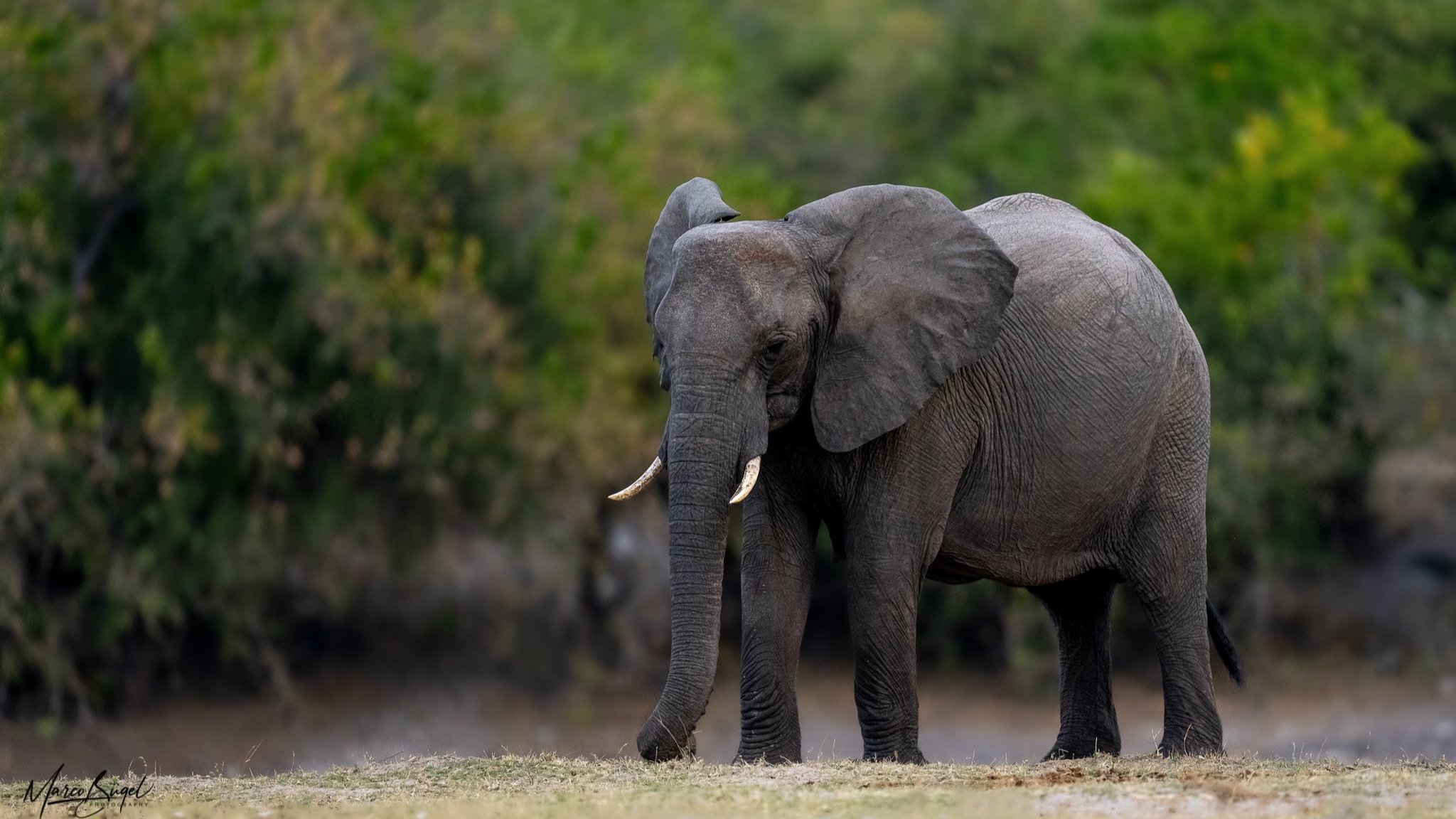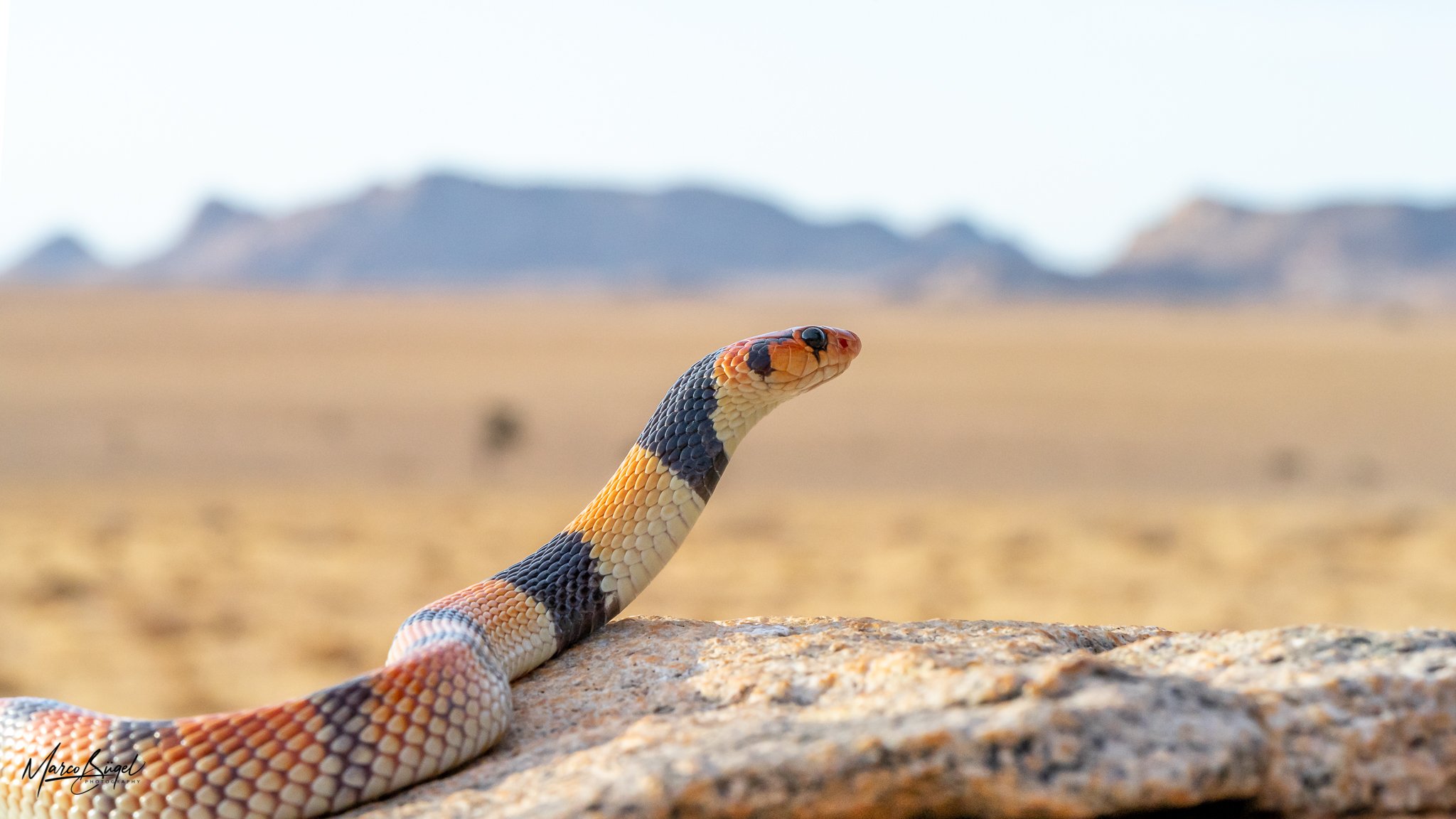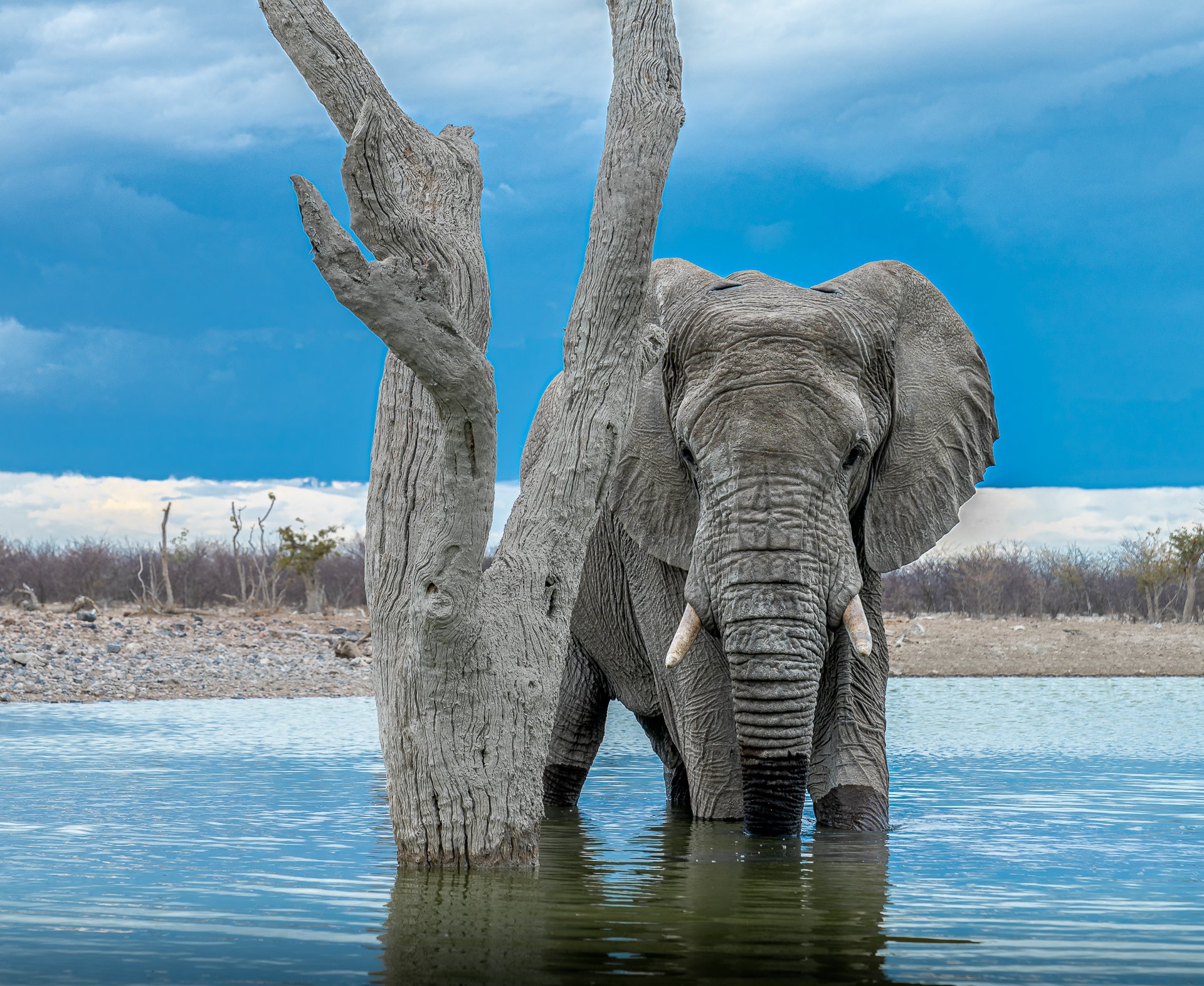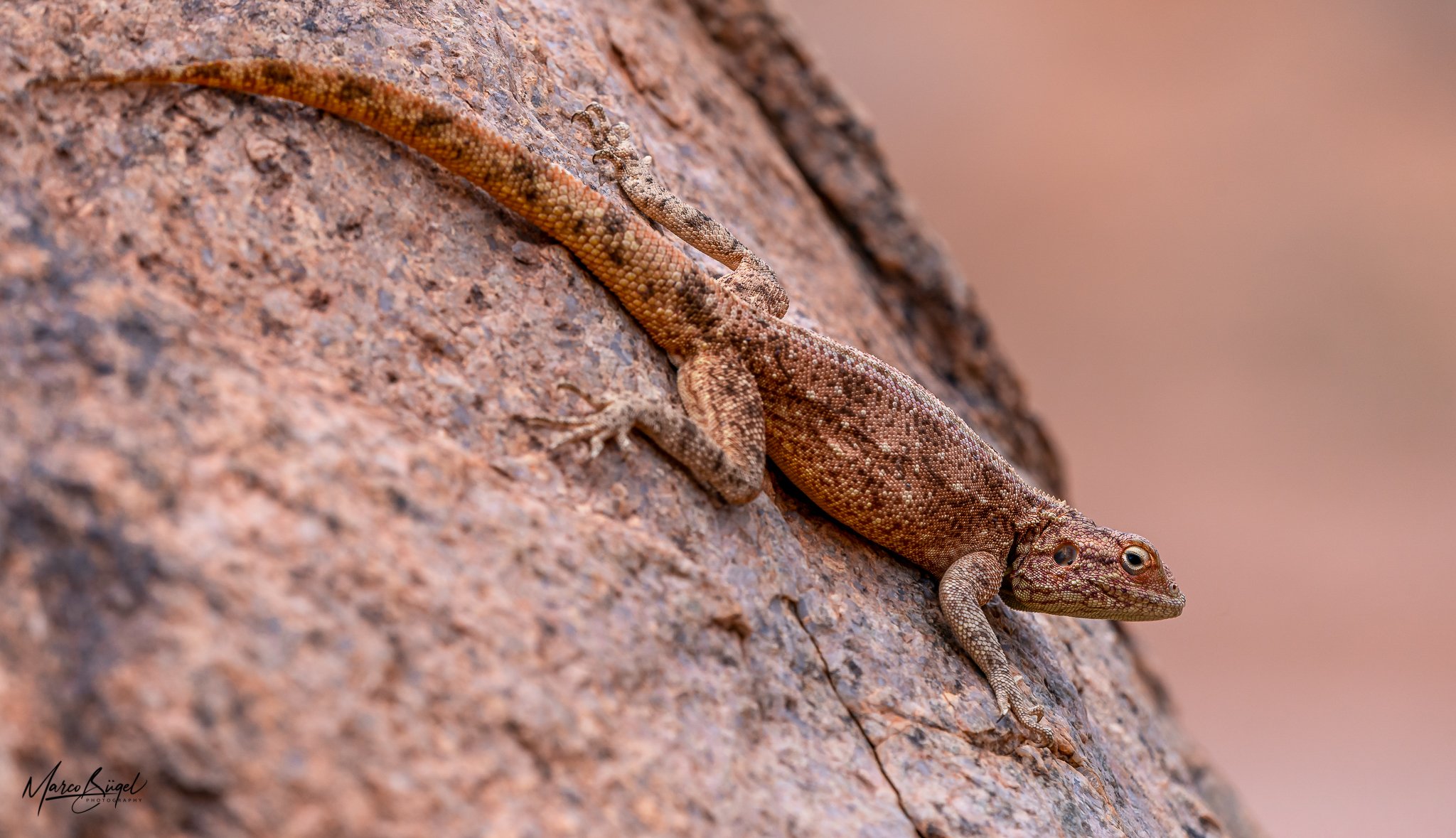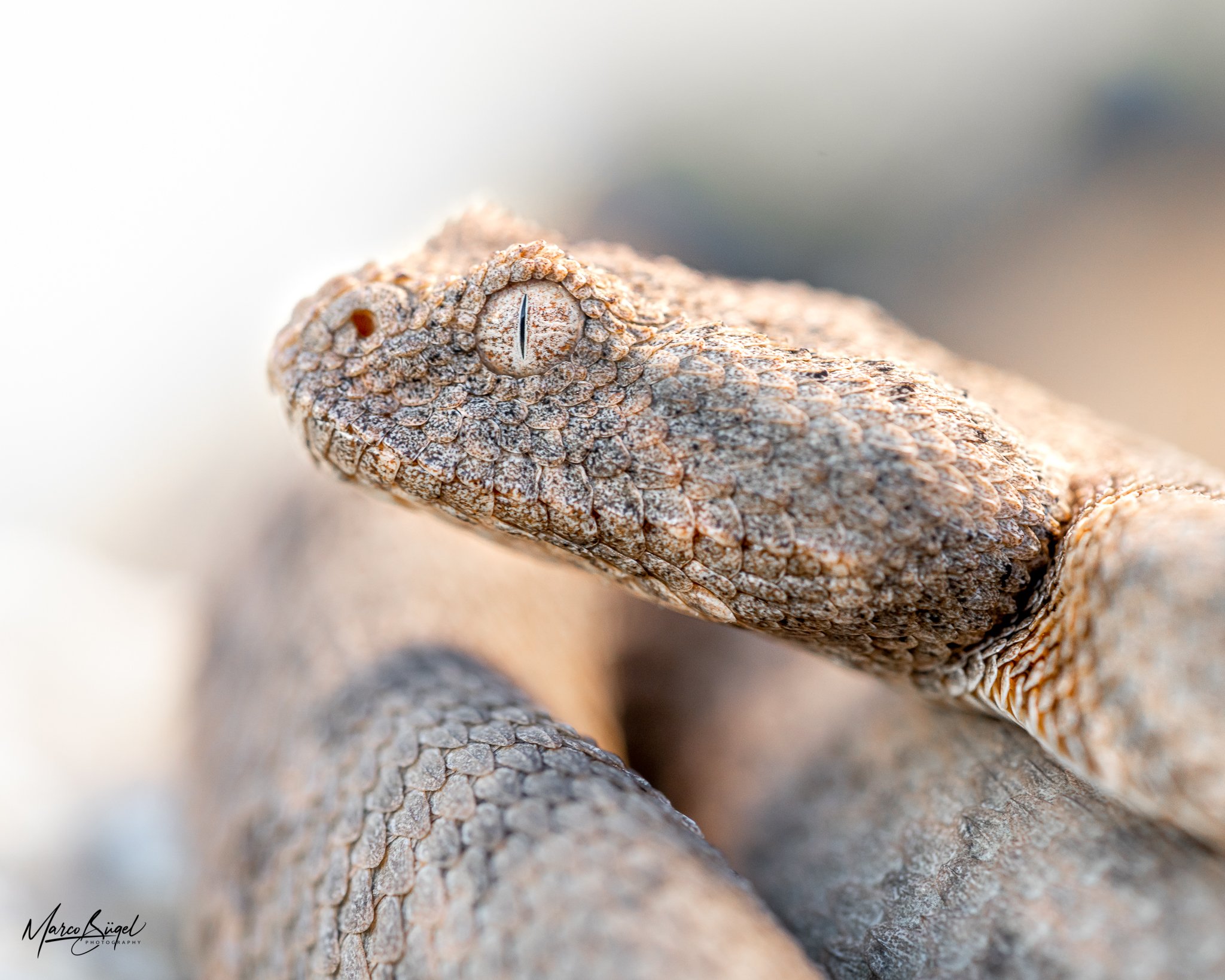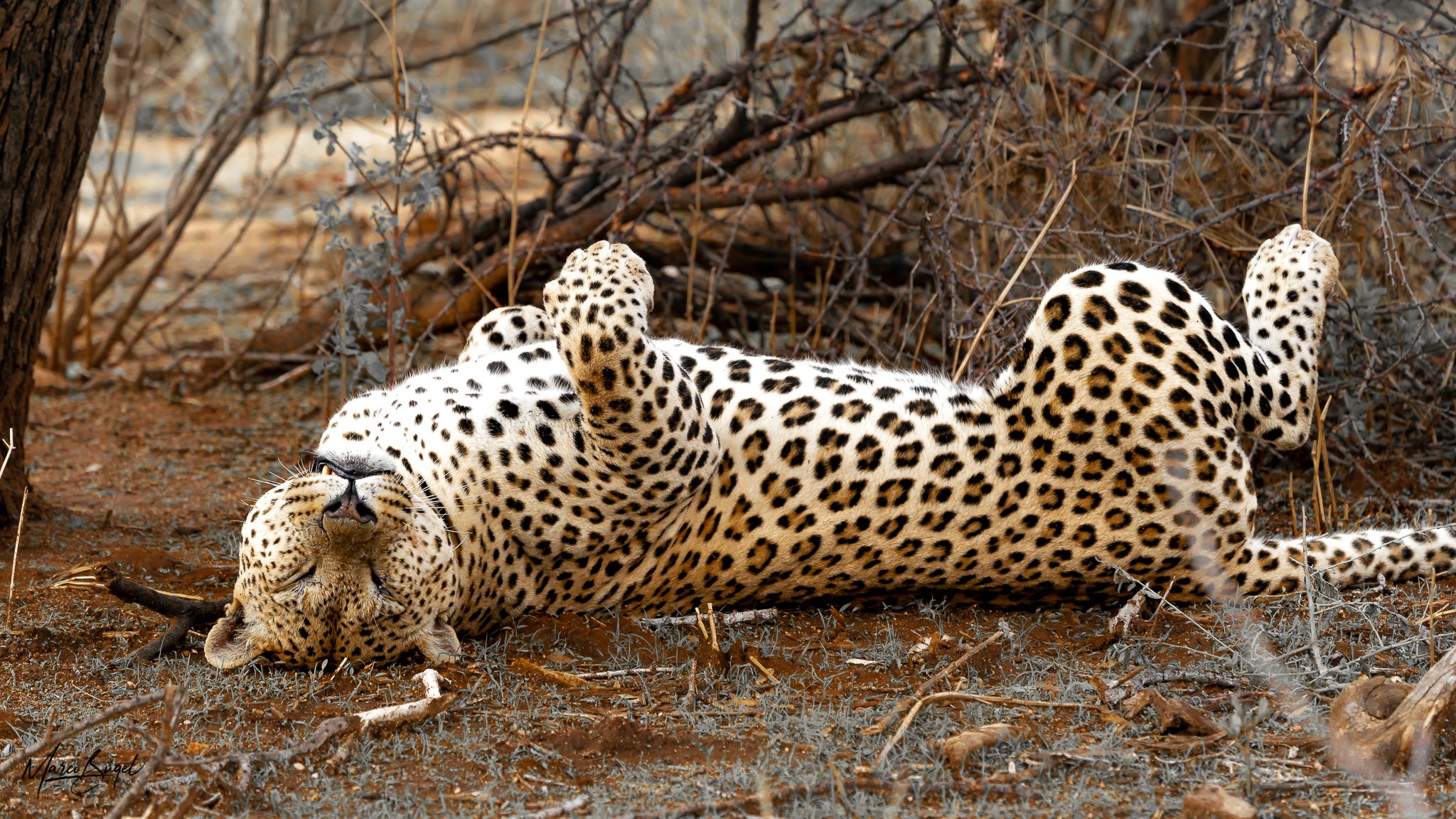
Namibia
Namibia is located in the south-western part of Africa and was known as “southwest-Africa” for quite a while. It has a population of about only 2.1 Million people and an area of 824’292 square kilometres or 82’429 hectare.
Namibia is one of the most fascinating and diverse countries in the world and a number one travel destination. It’s best known for it’s high red dunes in Sossusvlei, the beautiful Namibia desert, the huge Etosha Nationalpark and many other. It’s the only country in the world, were dunes that high meet with the ocean. All in all it’s a very harsh environment, especially the southern part of the country, but especially in the north eastern part that changes dramatically. There it borders to north eastern Botswana as well as Zambia and starts getting really green and water rich with an abundance of wild animals of all kinds -fantastic for fishing, birding, boat trips etc.
Marco of Wild&Untamed is travelling this beautiful country since 2006 on a regular basis, while Melanie joined him 2014 for the very first time. Since then we visited Namibia almost on a yearly basis, sometimes even twice a year to see it in the different seasons.

